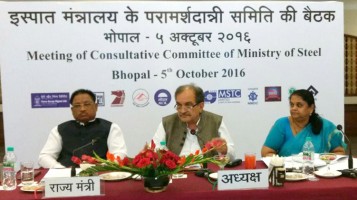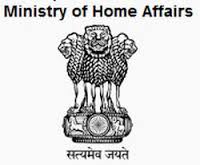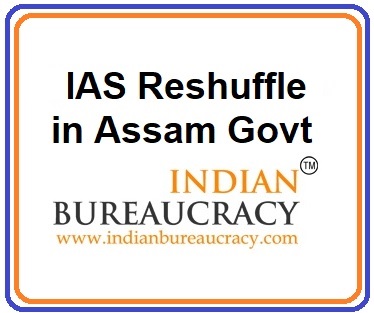
The Union Steel Minister Chaudhary Birender Singh chaired a Consultative Committee Meeting in Bhopal today on measures to increase steel demand. The Committee deliberated on various issues related to steel industry and focused on the measures to increase steel demand in the country.
The planned investment in infrastructure and construction sector, expansion of railways network, development of domestic shipbuilding industry, opening up of defence sector for private participation, and the anticipated growth in the automobile sector are expected to create significant demand for steel in the country.
·Focus would be on deriving maximum use of steel in the following areas:
·Construction of Steel intensive structures in rural and urban areas
· Promotion of Steel in infrastructure such as bridges, ports etc. in coastal areas
· Planned expenditure of 2.21 lakh Crore in Infrastructure Sector as per Budget Estimates 16-17.
· Steel based structures have various advantages like shorter lead time in erection of structures by 50%, longer life durability leading to lower Life-Cycle-Cost and high design comfort with better aesthetics and greater flexibility.
·Steel based structures are also eco-friendly as it can be recycled to re-process used steel and also it prevents other environmental related hazards like river sand quarrying and aggregate crushing operations.
·steel bridges can be used in place of conventional RCC bridges, wherever possible because of cost advantage, quicker installation and longer life span.
·Some of the focus areas where these Steel based structures can be used are Rural development, Urban infrastructure and Roads & Highways, flyovers, etc. In Rural development, the housing under the Pradhan Mantri Awas Yojana (PMAY), Panchayat Ghars, Rural schools, hospitals, etc.
· “Housing for All” Mission by 2022 can directly contribute to pre-fab and precast mass affordable housing, which in turn will lead to higher consumption of steel.
· Steel contributes about 2% to national GDP (approximately, Rs. 2.6 lakh crore).
· Steel sector employs around 6.5 lakh people directly and 13 lakhs indirectly in steel and its allied industries.
·More than 50% of the steel capacity in the country in the form of Medium, Small and Micro Enterprises (MSME) employing about 2 lakh persons.
·The Indian steel industry has added capacity at a Compounded Annual Growth Rate (CAGR) of 7.2%. The capacity has increased more than threefold from 34.17 million tonnes to 118.2 million tonnes in 2015-16.
· In 2015, India became the 3rd largest producer of steel globally after China and Japan and is well on track to emerge as the 2nd largest producer after China.
· India has been the world’s largest sponge iron producer since 2003.
· The per capita steel consumption in the country at 61 kg is much lower than the global average of 208 kg or that of the other major steel producing countries (China at 489 kg and South Korea at 1114 kg).
· Assuming a GDP growth rate of 8-10% in the coming years, it is expected that around 300 million tonnes of crude steel capacity by 2030 would be required to meet the domestic demand.
Members of Parliament both from Lok Sabha and Rajya Sabha participated in the meeting and extended their valuable suggestions on the subject.




